Hummingbirds, renowned for their vibrant plumage and astonishing aerial acrobatics, have long captivated the imagination of bird enthusiasts worldwide.
Native to the Americas, these tiny marvels have become synonymous with the lush tropical landscapes of Central and South America.
However, a lingering question remains: Are there hummingbirds in Europe? In this article, we embark on a captivating journey to unravel the mystery surrounding the presence of hummingbirds in Europe.
While Europe is not typically associated with these enchanting creatures, occasional sightings and reports have sparked curiosity among birdwatchers and researchers alike.
We delve into historical records, scientific studies, and anecdotal evidence to shed light on whether hummingbirds have truly made their way across the Atlantic.
Prepare to be amazed as we uncover the truth behind the elusive presence of hummingbirds in Europe and the implications it holds for our understanding of avian biodiversity.

Are There Hummingbirds in Europe?
Hummingbirds are native to the Americas, with the majority of species found in Central and South America.
However, a few species have managed to reach Europe due to various factors such as migration, accidental introductions, or intentional releases. Currently, there are two hummingbird species that have been recorded in Europe:
Rufous Hummingbird (Selasphorus rufus)
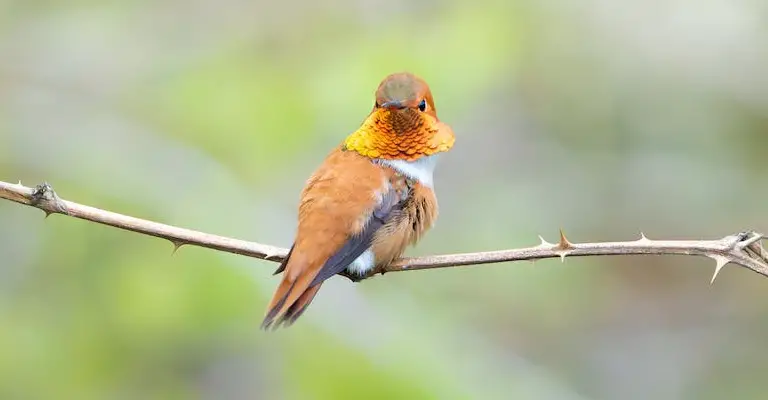
The Rufous hummingbird is a small migratory species that breeds in western North America. Occasionally, individuals of this species have been observed in Europe, particularly in the British Isles and Scandinavia.
These sightings are considered rare and are often associated with weather patterns that facilitate their long-distance migration.
Green Violet-ear (Colibri thalassinus)
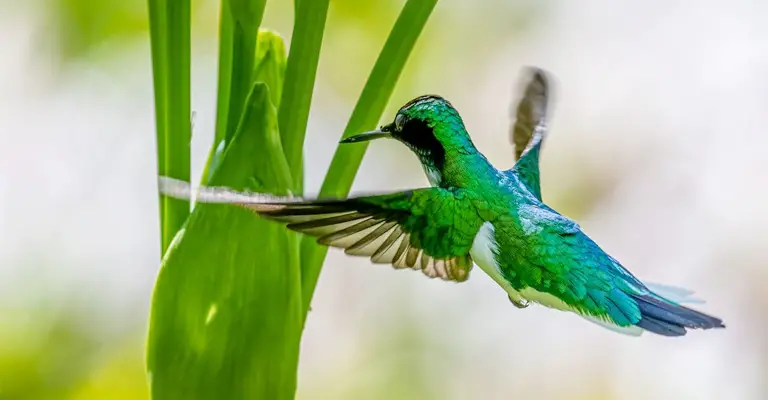
The Green violet ear is a species native to Central and South America. However, a few individuals of this species have been recorded in Europe, primarily in the Azores, Madeira, and the Canary Islands.
These sightings are considered vagrants, indicating that they have strayed far from their usual range.
Why Hummingbirds Are So Rare in Europe?
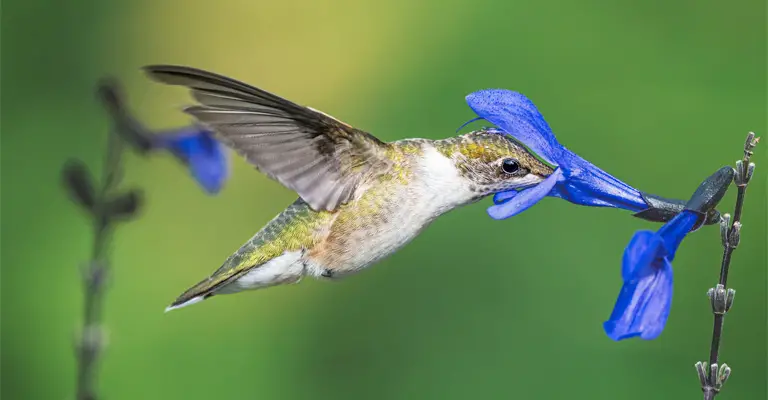
Several factors contribute to the presence of hummingbirds in Europe. From migration to climate change, the reasons are many. Here’s why there are very few wild hummingbirds in Europe:
Migration
Hummingbirds are known for their long-distance migrations. Occasionally, during their migratory journeys, some individuals may get caught in strong winds or disoriented, leading them to end up in Europe. These occurrences are relatively rare but have been documented in the past.
Accidental Introductions
In some cases, hummingbirds have been accidentally introduced to Europe through the pet trade or escape from captivity. While these occurrences are infrequent, they have contributed to the presence of hummingbirds in certain regions.
Climate Change
Climate change can also play a role in the presence of hummingbirds in Europe. As temperatures and weather patterns shift, it is possible that some species may expand their range or alter their migratory routes, leading to occasional sightings in Europe.
Which European Regions Have Hummingbirds?
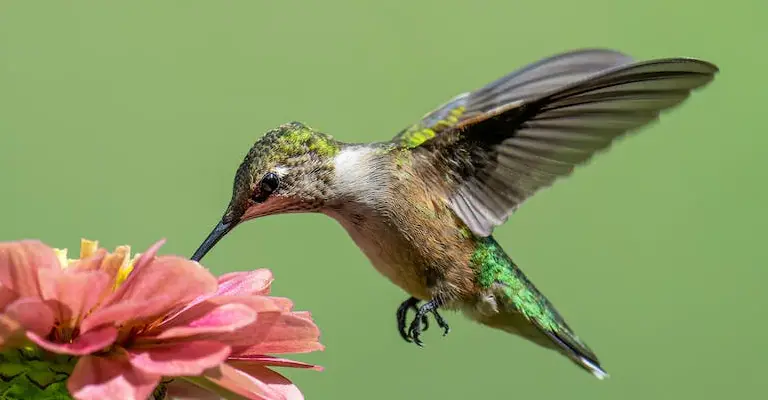
The Rufous hummingbird and the Green violet-ear have been recorded in various locations across Europe, often as rare sightings or vagrants. Hummingbirds in Europe have been observed in various locations, including:
British Isles
Sightings of Rufous hummingbirds have been reported in the British Isles, particularly in the United Kingdom and Ireland. These sightings are often associated with favorable weather conditions during their migratory periods.
Scandinavia
Rufous hummingbirds have also been recorded in Scandinavia, including countries such as Norway and Sweden. These sightings are considered rare but have occurred during specific times of the year.
Azores, Madeira, and Canary Islands
The Green violet ear has been observed in the Azores, Madeira, and the Canary Islands. These sightings are considered vagrants, as the species is not native to these regions.
What Does Europe Have Instead of Hummingbirds?
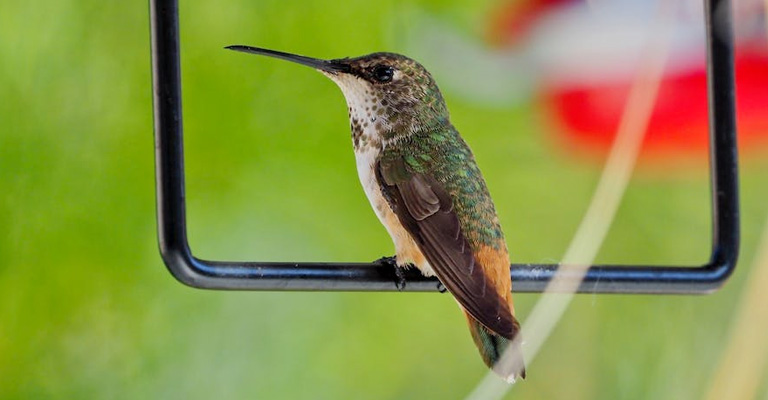
While Europe does not have native hummingbird species, it is home to a diverse range of bird species that have adapted to the European environment. Some notable bird species found in Europe include:
European Robin (Erithacus rubecula)
The European Robin is a small passerine bird known for its distinctive red breast. It is a common sight in gardens and woodlands across Europe, known for its melodious song and territorial behavior.
Eurasian Sparrowhawk (Accipiter nisus)
The Eurasian Sparrowhawk is a medium-sized bird of prey found throughout Europe. It is known for its agility and speed, often hunting small birds in woodland areas.
European Goldfinch (Carduelis carduelis)
The European Goldfinch is a colorful songbird with vibrant red, black, and yellow plumage. It is commonly found in gardens, meadows, and open woodlands across Europe, known for its pleasant song and acrobatic flight.
Common Blackbird (Turdus merula)
The Common Blackbird, also known as the Eurasian Blackbird, is a widespread thrush species found throughout Europe. It is known for its melodious song and is often seen foraging for food on lawns and in woodlands.
European Green Woodpecker (Picus viridis)
The European Green Woodpecker is a medium-sized woodpecker species found in forests and woodlands across Europe. It is known for its distinctive green plumage and its habit of foraging for ants on the ground.
European Starling (Sturnus vulgaris)
The European Starling is a highly adaptable bird species found across Europe. It is known for its iridescent plumage and its ability to mimic various sounds and songs.
These are just a few examples of the diverse bird species found in Europe. The continent offers a rich variety of avian life, each with its own unique characteristics and adaptations to the European environment.
Can You Keep Hummingbirds as Pets in Europe?
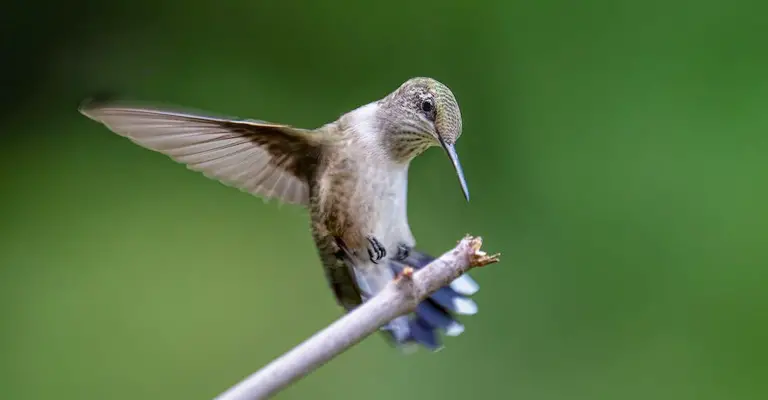
Keeping hummingbirds as pets is generally not recommended, and this applies to Europe as well. There are several important considerations to keep in mind when it comes to keeping hummingbirds as pets:
Legal Restrictions
In many countries, including those in Europe, it is illegal to keep native wild birds as pets without proper permits or licenses. Hummingbirds are protected species, and it is important to respect their natural habitats and conservation status.
Specialized Care Requirements
Hummingbirds have unique care requirements that can be challenging to meet in a captive setting. They have specific dietary needs, requiring a constant supply of nectar and insects. Mimicking their natural feeding behaviors and providing appropriate nutrition can be difficult.
Flight and Space Needs
Hummingbirds are highly active and agile birds that require ample space for flying. Captivity can restrict their natural behaviors and limit their ability to engage in essential activities such as hovering, darting, and exploring their surroundings.
Social Interaction
Hummingbirds are social creatures that thrive in the company of their own kind. In captivity, it can be challenging to provide the social interactions and companionship that they require for their well-being.
Stress and Health Concerns
Hummingbirds are delicate birds that are highly susceptible to stress. Captivity can cause significant stress, leading to health issues and a shortened lifespan.
Their specialized needs for temperature, humidity, and environmental stimulation can be difficult to replicate in a home setting.
Conservation and Ethical Considerations
Hummingbirds play important roles in pollination and ecosystem balance. Capturing and keeping them as pets can disrupt their natural populations and contribute to their decline. It is crucial to prioritize their conservation and support efforts to protect their habitats.
Instead of keeping hummingbirds as pets, it is recommended to appreciate and support their conservation in their natural habitats.
Creating hummingbird-friendly gardens with nectar-rich flowers and providing clean water sources can help attract and support these beautiful birds.
Where to Find Wild Hummingbirds?
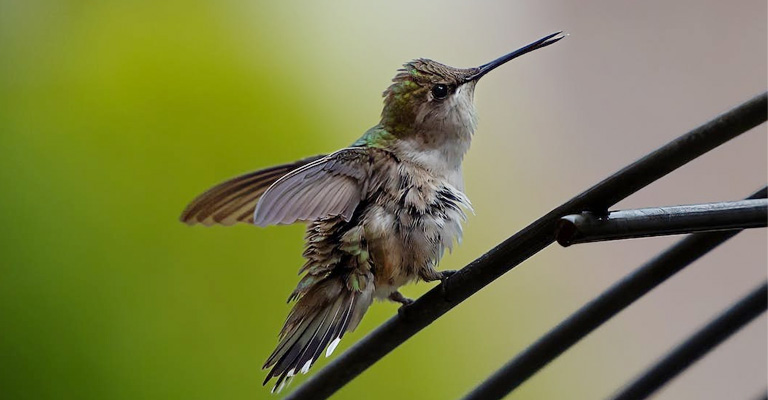
Wild hummingbirds can be found primarily in the Americas, as they are native to the Western Hemisphere. Here are some key regions where you can find wild hummingbirds:
North America
North America is home to a variety of hummingbird species. In the United States, hummingbirds can be found in different regions depending on the time of year.
For example, the Ruby-throated Hummingbird is common in the eastern and central parts of the United States during the breeding season, while the Anna’s Hummingbird is found along the western coast.
Other species, such as the Rufous Hummingbird, can be found in the western parts of the continent.
Central America
Central America is known for its rich diversity of hummingbird species. Countries like Costa Rica, Panama, and Guatemala are popular destinations for birdwatchers seeking to observe a wide range of hummingbird species in their natural habitats.
The cloud forests and tropical rainforests of these countries provide ideal environments for hummingbirds.
South America
South America is considered the heartland of hummingbirds, with the highest diversity of species found in this region.
Countries like Ecuador, Colombia, Peru, and Brazil offer excellent opportunities to observe a vast array of hummingbird species. The Andean mountain ranges and the Amazon rainforest are particularly rich in hummingbird diversity.
Caribbean Islands
Several Caribbean islands are home to unique hummingbird species. For example, the Bee Hummingbird, the world’s smallest bird, can be found in Cuba.
Other islands such as Puerto Rico, Jamaica, and the Dominican Republic also have their own endemic hummingbird species.
FAQs
In the wild, hummingbirds primarily feed on nectar from flowers. They have long, specialized beaks and tongues that allow them to reach deep into flowers to extract nectar.
Hummingbirds also consume small insects and spiders, which provide them with essential protein and nutrients.
Hummingbirds are incredibly agile and can fly at impressive speeds. On average, they can fly at speeds of around 25-30 miles per hour (40-48 kilometers per hour).
During courtship displays or when escaping predators, they can reach even higher speeds, exceeding 50 miles per hour.
The lifespan of hummingbirds varies depending on the species. On average, wild hummingbirds can live anywhere from 3 to 12 years. However, some species have been known to live up to 15 years or more in optimal conditions.
Many hummingbird species are known for their long-distance migrations. They undertake these journeys to find suitable breeding grounds and food sources.
During migration, hummingbirds fly long distances, often crossing open water and traversing various habitats.
To attract hummingbirds to your garden, you can create a hummingbird-friendly environment by planting nectar-rich flowers that bloom throughout the season, such as trumpet vine, bee balm, salvia, and petunias.
Final Words
The question of whether hummingbirds exist in Europe remains a subject of intrigue and debate.
While there have been sporadic sightings and reports of these captivating birds in various European countries, concrete evidence, and established populations are yet to be confirmed.
The possibility of accidental introductions, migratory anomalies, or even misidentifications cannot be ruled out. As our understanding of avian behavior and climate patterns continues to evolve, it is essential to remain open to the unexpected.
Whether hummingbirds will establish a permanent presence in Europe or continue to be occasional visitors is uncertain. Nonetheless, the mere possibility of their existence in this diverse continent adds an element of wonder and excitement to the world of birdwatching.
As researchers and enthusiasts continue to explore this avian enigma, the allure of hummingbirds in Europe persists, reminding us of the endless surprises nature has in store for us.